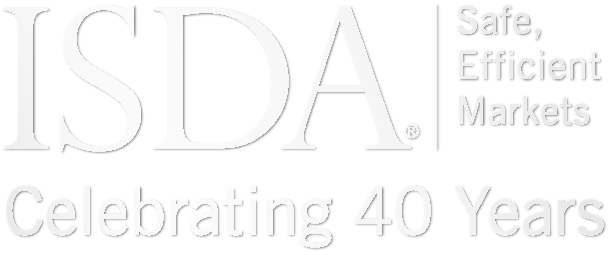Acronyms are not unusual in financial markets, but the list is about to get a lot bigger. OTFs, SIs, TOTV, LIS and SSTI – these are just a selection of the terms that are about to elbow their way into Europe’s financial vernacular as the revised Markets in Financial Instruments Directive (MIFID II) comes into force.
Scheduled for implementation from next year, MIFID II and its accompanying regulation, MIFIR, will introduce new trading venues, a trading obligation, a new transparency regime and strict reporting requirements, among other things. It is vast in scale, and it’s very, very complicated. So much so that it’s difficult to find many practitioners who are truly confident its implementation will be completely smooth and without incident.
That’s partly due to a lack of clarity in key areas. For example, market participants point to a critical need for equivalence decisions to avoid crippling liquidity fragmentation. There has been some recent progress between the European Commission (EC) and the Commodity Futures Trading Commission, but trading venue equivalence needs to be in place before the end of the year to ensure cross-border trading is not affected after the start date of MIFID II.
Outside of MIFID II, there’s plenty going on to keep firms busy. Along with the start of the EU Benchmarks Regulation from January 1, European regulators are reviewing the European Market Infrastructure Regulation (EMIR), with the objective of reducing complexity and unnecessary costs. The EC is also reviewing rules for the supervision of third-country central counterparties (CCPs) – and, as part of that, has proposed a location policy for those CCPs that pose significant systemic importance to the EU.
In this issue of IQ, we take a quick tour of some of the issues keeping European policy-makers busy. The first article looks at MIFID II, and highlights some of the remaining areas of uncertainty. We then turn to the review of EMIR, and highlight the requirements that would benefit from reform. We round off the package with an article on CCP supervision, and present ISDA’s analysis on the impact of a possible location policy for third-country CCPs.
Click on attached PDF to read the full issue.
Documents (1) for Leap to MIFID II – Vol 3, Issue 3: November 2017
Latest
ISDA Letter to FASB on Agenda Consultation
On June 30, ISDA submitted a comment letter to the Financial Accounting Standards Board (FASB) in response to the proposal File Reference No. 2025-ITC100, Agenda Consultation. In the letter, ISDA believes the highest priority should be given to expanding the hedge...
Joint Paper on UK EMIR Reform
On July 1, ISDA and UK Finance published a paper, which recommended a set of reforms for the UK European Market Infrastructure Regulation (UK EMIR), carefully considering each EU EMIR 3.0 reform and asking whether we would wish to adopt...
Response to FCA on UK EMIR Reporting
On June 30, ISDA submitted a response to chapter 5 of the UK Financial Conduct Authority’s (FCA) quarterly consultation CP25/16 on trade repository reporting requirements under the UK European Market Infrastructure Regulation (UK EMIR). Chapter 5 proposes ‘Amendments to the...
CDS Trading Activity in EU, UK and US Markets
This report analyzes credit derivatives trading activity reported in Europe. The analysis shows European credit derivatives transactions based on the location of reporting venues (EU versus UK) and product type. The report also compares European-reported credit derivatives trading activity to...


